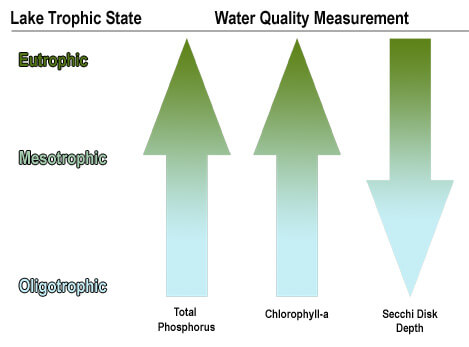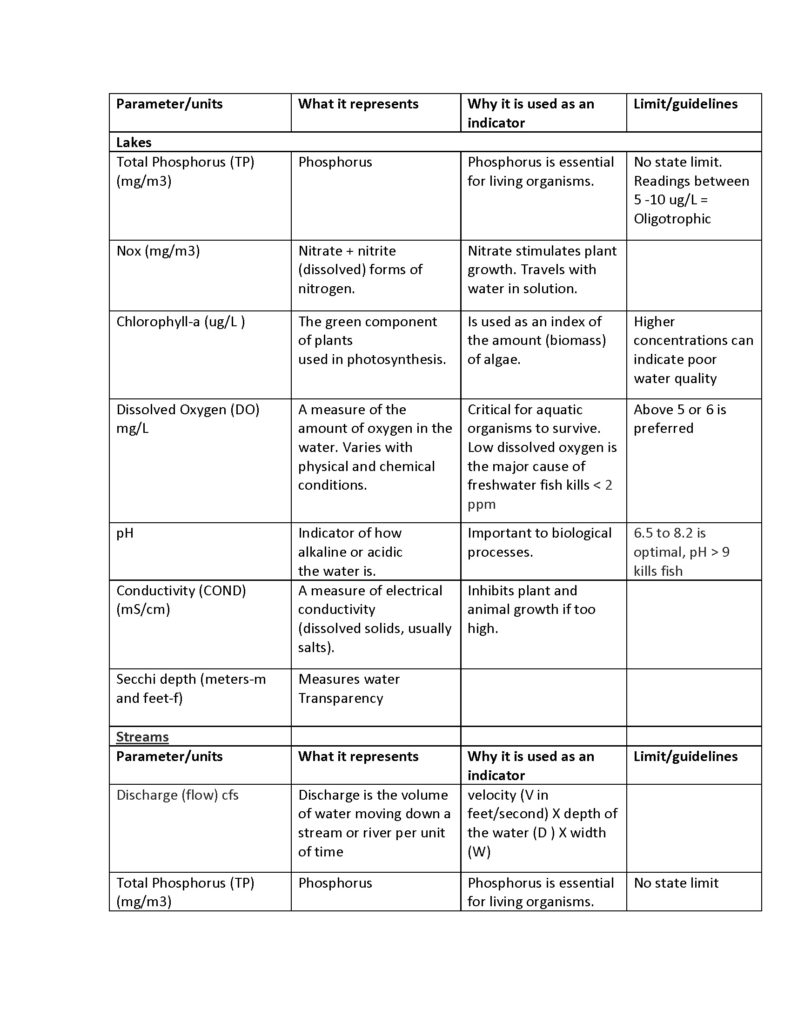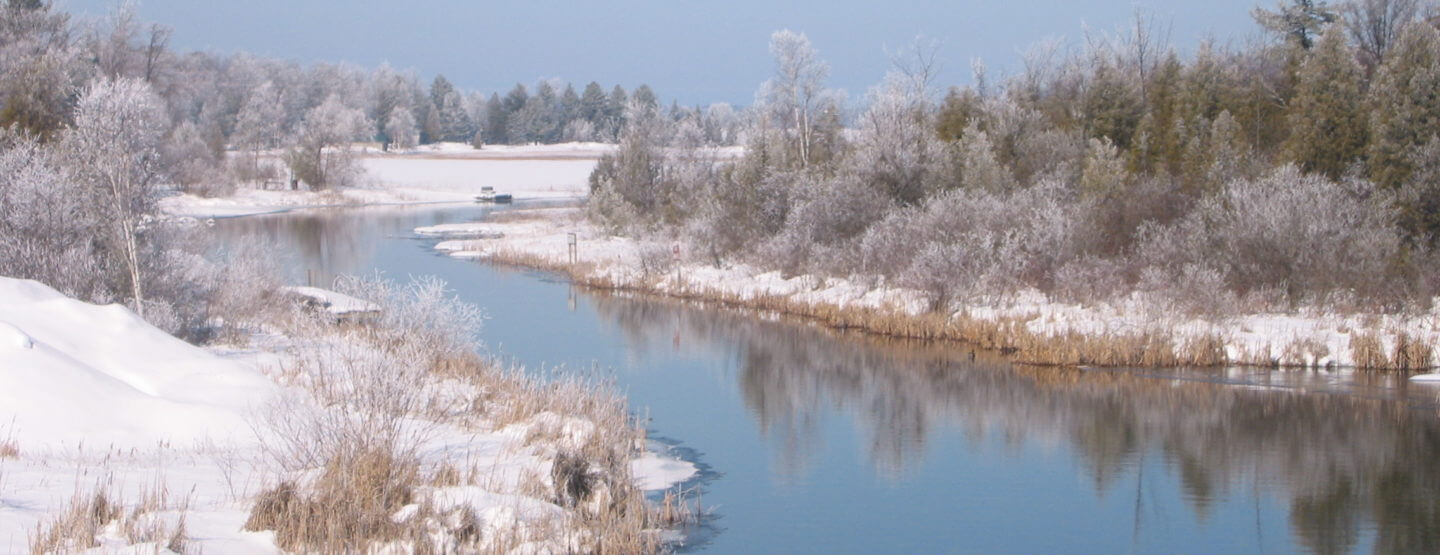Water Quality Monitoring
We all know that nutrients such as Nitrogen and Phosphorus are required by living things. But too much isn’t good. These nutrients are commonly measured in lakes because the amount of nutrients can influence the type and abundance of phytoplankton (Diatoms, green algae, blue green algae) in water. Lakes with high water quality contain low amounts of phosphorus and are considered oligotrophic, dominated by diatoms. Lakes with poor water quality contain high amounts of phosphorus. They are considered eutrophic and are dominated by blue-green algae.
The lakes and streams of Leelanau County are all oligotrophic, which means they are relatively clean and clear. This water enriches the lives of both the permanent and seasonal residents of the area. These water resources are significant recreation and tourist attractions, crucial to the health and vitality of the local economy. Back in the 1990s, Dr. Tim Keilty started a water quality program when he realized that credible strategies that have a valid and strong scientific foundation were needed to protect these important resources. This program was designed to provide baseline and long-term water quality data. 28 years later, the program and database are hosted and supported by the Leelanau Conservancy. The database provides an overview of trends over time.

This chart shows the Trophic Status Index which demonstrates that the lower the Total Phosphorus (TP) and Chlorophyll-a, the clearer the water (or Secchi Disk readings).
What Data Do We Collect?
We measure and analyze water quality variables such as Total Phosphorus, Nitrates/Nitrites and Chlorophyll in the seven major lakes of the County and their major tributaries each year from May to October, monitoring in the same locations using the same laboratory and methods. The stream samples include an estimate of discharge and average of phosphorous loading to the major lakes. We also gather data using a hydrolab (pH, Temperature, conductivity and Dissolved Oxygen) and collect Secchi Disk readings for water clarify.

Annual Water Program Summary
Check out the Annual Water Program Summary created with help from Professor Megan Woller-Skar. Click here to read this report.
Lake and Stream Data
Our data is able to be emailed as a Microsoft Access database, or you can download the raw data and selected charts below. Contact Chase Heise at cheise@leelanauconservancy.org if you want more information.




